Temperate
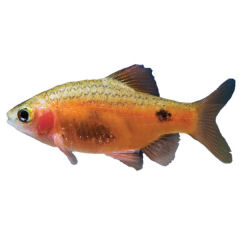
Temperate fish come from areas that are either sub-tropical or experience fluctuating temperatures throughout the year, the fluctuating conditions in these areas have caused the fish to develop a tolerant and hardy nature. Temperate fish can handle unheated tanks or even ponds so long as the temperature does not go below a minimum of 15C. Most Temperate fish are small to medium is size, peaceful, hardy, active and colourful which means they are suitable for most community aquarium setups. Did you know Temperate fish are prone to fewer diseases and complications than Fancy Goldfish? All this makes them ideal fish for smaller aquaria, for first time fish-keepers and young children.
Things you might need
- Fish Tank/Bowl
- Food – flakes, pellets and live or frozen food
- Pet City Water Conditioner
- Pet City Purer Water
- PH Test Kit
- Neutraliser Blocks
- Filter
- Gravel Cleaner
- Rocks/Plants
- Decorations/Ornaments/Backgrounds
- Aqua Salt
- Fish Net
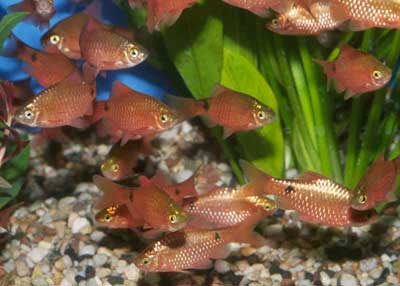
Sucking Catfish is a bottom-dweller, the Sucking Catfish’s most prominent feature is a big suckermouth, which it uses for scraping algae and clinging to objects. They have a special opening on the upper part of the gill cover for the water intake so the fish can breathe without using its mouth. Sucking Catfish are not fussy about water chemistry providing the water is kept clean and they predominantly eat algae and plant food but readily accept all kinds of foods.
Popular Varieties of Temperate Fish
Temperate Fish can handle unheated tanks or ponds so long as the temperature does not go below a minimum of 15C.
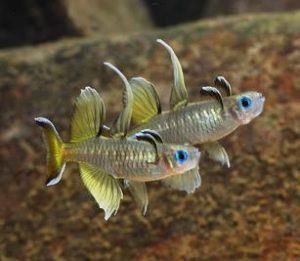
Pacific Blue Eye
Pacific Blue-eyes are found in freshwater and brackish habitats along most of Australia’s Pacific coastline. They are good community fish; active, peaceful and are not fussy about water conditions or diet. Blue-eyes look their best when kept as a small group in planted aquariums with similar sized tankmates. Pacific Blue-eyes are also good for mosquito control in frog ponds (provided winter water temperatures are usually above 13 C.) Maximum size 4cm.
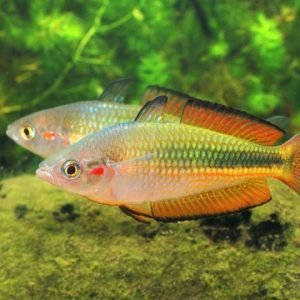
Crimson Spotted Rainbow
The Crimson Spotted Rainbow can handle water somewhat cooler than other rainbows, with temperatures down to 15deg being acceptable. The Crimson Spotted Rainbow is a greenish fish with the typical red and yellow rainbow-like horizontal stripes, and a crimson-red spot on each gill plate. Also known as Duboulay’s Rainbow, maximum size is 10-11cm.

Golden Barb
Golden Barb are peaceful and undemanding, and an attractive gold colouration, making the Golden Barb an ideal community fish. Will eat any aquarium foods, but include some foods rich in carotenoids to ensure vibrant colour. Grows to 6-7cm.
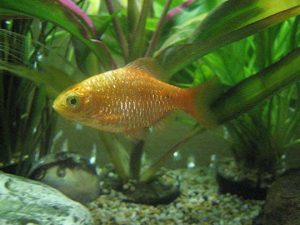
Rosy Barb
Rosy Barbs are hardy and easy to care for, Rosy Barbs are ideal for both heated and unheated aquaria. A very popular species, active and showy. Native to India, grows to about 6-7cm. Often used as feeder fish.
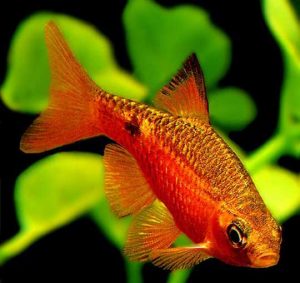
Male Rosy Barb
Male Rosy Barb are an eye-catching sight with their red colouration. Hardy and easy to care for, Rosy Barbs are ideal for both heated and unheated aquaria. A very popular species, active and showy. Native to India, grows to about 6-7cm.

Glowlight Chilli Rosy Barb
Glowlight Chilli Rosy Barb is a very attractive strain developed by selective breeding, with intense red colour and iridescent scales. Hardy and easy to care for, ideal for both heated and unheated aquaria. A very popular species, active and showy. Grows to about 6-7cm.
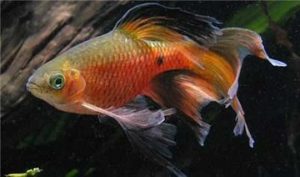
Male Longfin Rosy Barb
Male Longfin Rosy Barb are an eye-catching sight with their red colouration, further enhanced with long flowing fins. Hardy and easy to care for, ideal for both heated and unheated aquaria. A very popular species, active and showy. Grows to about 6-7cm.
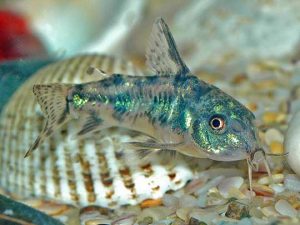
Pepper Corydorus
Pepper Corydorus with its distinctive mottled appearance, the Pepper Cory is a very popular and hardy catfish, ideal for community aquaria. Native to southeastern Brazil, it tolerates slightly cooler temperatures than most Corydoras. Males have slightly longer dorsal and pectoral fins. Grows to about 6-7cm.

Sucking Catfish
Sucking Catfish is a bottom-dweller, the Sucking Catfish’s most prominent feature is a big suckermouth, which it uses for scraping algae and clinging to objects. They have a special opening on the upper part of the gill cover for the water intake so the fish can breathe without using its mouth. Sucking Catfish are not fussy about water chemistry providing the water is kept clean and they predominantly eat algae and plant food but readily accept all kinds of foods.
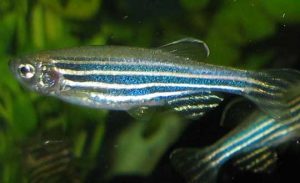
Zebra Danio
Zebra Danio are extremely popular community fish, native to India. Quite hardy, suitable for both heated and unheated aquaria. Very lively and playful, best kept in a school of at least 4-6 fish. Usually grows to about 5cm.

Golden Zebra Danio
Golden Zebra Danio are selectively bred form of the Zebra Danio. Quite hardy, suitable for both heated and unheated aquaria. Very lively and playful, best kept in a school of at least 4-6 fish. Usually grows to about 5cm.
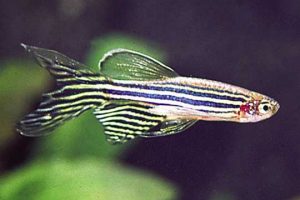
Longfin Zebra Danio
Longfin Zebra Danio are very popular selectively bred strain with attractive long finnage. Quite hardy, suitable for both heated and unheated aquaria. Very lively and playful, best kept in a school of at least 4-6 fish. Grows to about 5-6cm.

Longfin Ghost Zebra Danio
Longfin Ghost Zebra Danio – colour morph is a xanthistic form of the Longfin Zebra Danio. Xanthistic fish lack dark pigmentation except in the eye, resulting in an interesting pink coloured fish. Quite hardy, suitable for both heated and unheated aquaria. Very lively and playful, best kept in a school of a least 4-6 fish. Grows to about 5-6cm.
Longfin Gold Zebra Danio is another popular strain of the zebra danio, combining the gold colour form with long flowing fins. Quite hardy, suitable for both heated and unheated aquaria. Very lively and playful, best kept in a school of at least 4-6 fish. Grows to about 5-6cm.

Longfin Metallic Zebra Danio
Longfin Metallic Zebra Danio are a more recently developed strain, with stronger metallic colouring compared to normally coloured fish. Quite hardy, suitable for both heated and unheated aquaria. Very lively and playful, best kept in a school of at least 4-6 fish. Grows to about 5-6cm.
This page is a just a basic guide. To find out more about your pet, please ask Pet City about suitable books.
